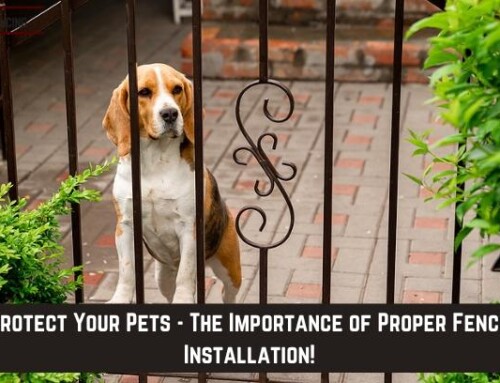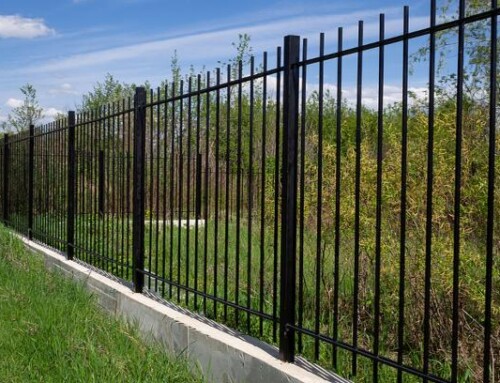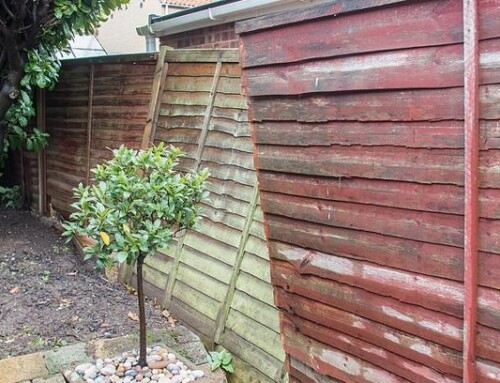Fencing installation is like a big puzzle.
The fencing company arrives with a truckload of parts that they put together piece-by-piece to create beautiful fencing around your property.
Different types of fences require different pieces and you may have some options on accessories or extras as well.
Make sure you are informed about what your professional installer is telling you by learning these important terms.
You’ll be able to discuss installation details more easily and your structure will turn out just as you expect it to.
1. Post - Posts are the first and most important element chosen and installed by a fencing company when putting up any type of fence system. Posts are the upright components that are set into the ground and support the rest of the system. They are commonly referred to in 3 different ways:
- Corner Posts - Large posts set at the corners of the fence line or anywhere the fencing changes direction.
- Line Posts - Posts set along the length of a line of fence that travels between corner posts.
- Gate Posts - Posts on either side of a gate. One post has hinges to hold the gate up. The other post has the gate latch mounted to it.
2. Post Cap - This is a cap installed over the top end of the posts after a fencing installation is finished. Post caps can be ornamental and serve a mostly decorative purpose or functional to protect the end of a wooden post and prevent it from absorbing water.
3. Rail - Rails are the components that travel horizontally between posts and make up the actual fence. There are a few different rails a fencing company may discuss with you since different structures may allow for different types of rails:
- Top Rail - A rail that sits at the top of a section of a fence. On some systems, the top rail may be larger or thicker than the rest of the rails. On picket or spindle-type installations, the top rail provides the main support for the other components.
- Bottom Rail - This is the rail at the bottom of a section of a fence. The bottom rail is important as it is used to measure the distance at the bottom of the structure from the ground. On picket or spindle-type fences, it supports the bottom of the installation.
- Hand Rail - It is a type of top rail such as one surrounding a deck or along a stairway. It is designed to be grabbed and used for support.
4. Pickets, Spindles, Spires or Bars - These are the vertical components of some fences. They attach to the top and bottom rail. The various names apply to different types of fencing. Pickets appear on picket fences, spires or bars on wrought iron or aluminum systems, and spindles on more decorative wood varieties or for deck and patio installations.
5. Lattice - Lattice is a decorative formation made by laying strips of material crosswise to create a diamond pattern by leaving small spaces between the rows. Lattice is commonly used as a decorative element on many structures as it provides privacy, shades strong sunlight, and looks attractive. It can be used at the top or bottom of fencing or anywhere in the middle. It usually comes in pre-made sheets or already made to be installed on sections of fencing.
6. Hinge - A hinge is the metal jointed piece of hardware on which fence gates are mounted. Hinges allow the gate to open and close.
7. Latch - A latch is a 2-part piece of hardware that controls the latch to lock the gate when closed. One part of the latch is mounted on the gate and the other part on the gate post.
While there are many more parts that may be used on specific types of fencing, these are the basic items that every fencing installation includes.
If you know these various terms, you should have little trouble communicating with your fencing company as you discuss your needs and how to best set up your fence!






